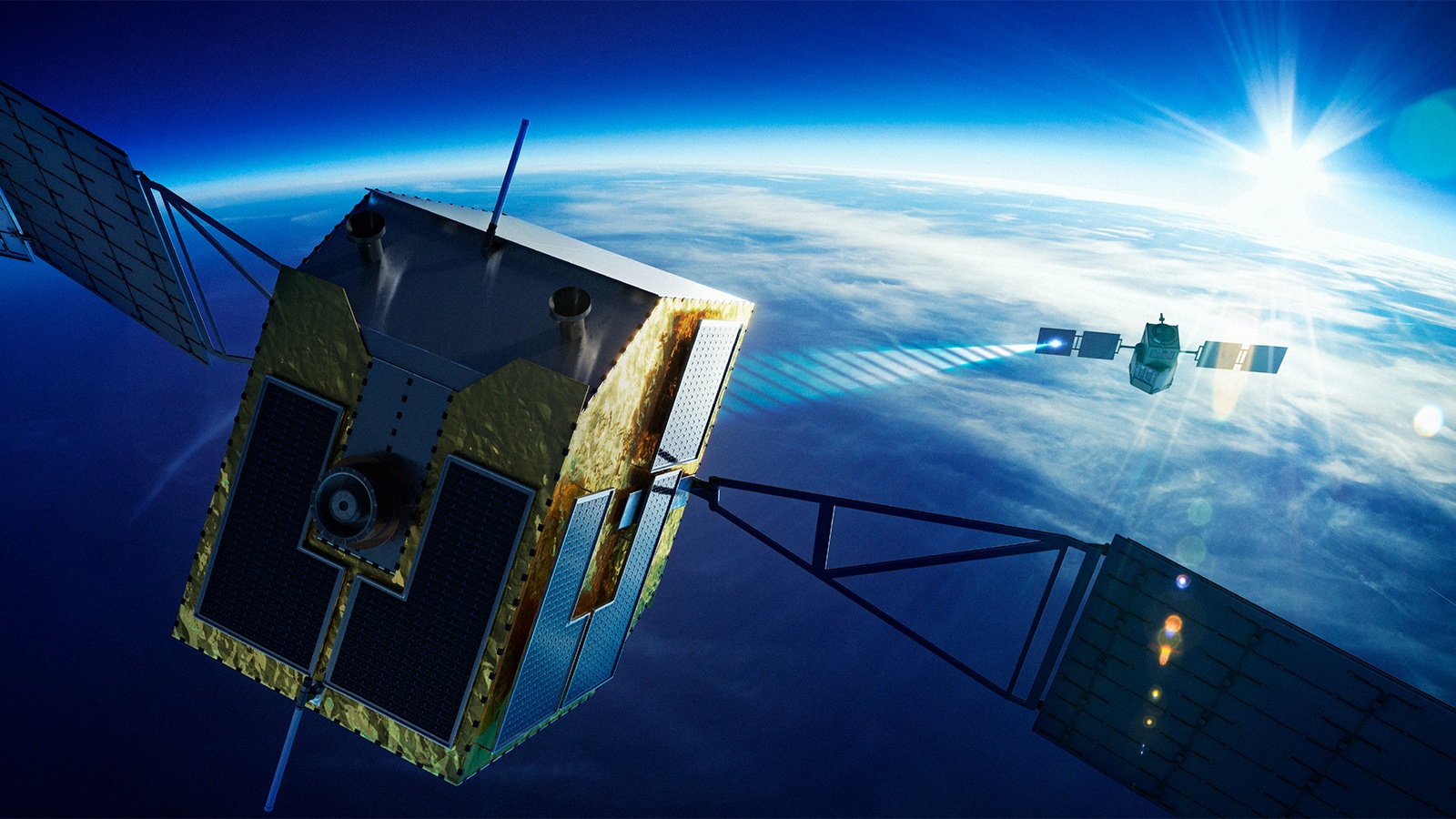
By Jack Loughran Wed 31 Jan 2024
Collected at : https://eandt.theiet.org/2024/01/31/laser-equipped-satellite-blast-space-debris-orbit?utm_source=related-content-bullet-list
A Japanese satellite firm is developing a space junk removal system that uses lasers to shunt orbiting debris into the Earth’s atmosphere to get burned up.
The SKY Perfect JSAT Group, which claims to be Asia’s largest satellite communications firm, has created a new start-up called Orbital Lasers to develop the technology. It is also developing a satellite that comes equipped with Earth observation abilities using lidar technology.
The European Space Agency (ESA) estimates there are 36,500 objects larger than 10cm currently floating in space, alongside 130 million pieces of space debris between 1mm and 1cm.
The number of satellites in low-Earth orbit (LEO) is also expected to increase dramatically over the next few years, which is raising concerns that involuntary collisions between operational payloads and space debris could occur in orbit. Launches of orbiting communications technology from the likes of SpaceX, Amazon and OneWeb could see as many as 18,000 new satellites floating above the planet by next year.
Orbital Lasers aims to begin space debris removal services in 2029 using “laser ablation” technologies.
The payload is designed to emit a laser beam to vaporise the surface of space debris, creating a pulse of energy that can detumble the rotating object. It then decelerates it so it slowly falls towards the Earth’s atmosphere, where it ultimately burns up.
The new firm will develop a prototype, aiming to demonstrate the removal of space debris in orbit by 2027, said Orbital Lasers CEO Tadanori Fukushima. Sales will target domestic and foreign companies engaged in the removal of space debris, he added.
The method has been designed to offer enhanced safety to the satellite itself because there is no physical contact with debris, which is typically moving at around 7.5km per second.
The project is also expected to lower operating costs as fuel is not needed to move the debris itself since thrust is generated by vaporisation and ionisation of the debris surface.
“As a satellite operator, this debris issue is now regarded as an environmental problem as significant as global warming and marine plastic pollution,” SKY Perfect JSAT said. “SKY Perfect JSAT and Orbital Lasers are addressing this concern and aiming to contribute to the improvement of a sustainable space environment.”
Orbital Lasers also plans to start Earth observation services by providing high-precision ground surface information through the use of lidar technology. The system, which will be incorporated into a satellite, uses lasers to scan a target, and the time it takes for the light to travel there and back is measured. It can be used to measure the height of trees, buildings and the Earth’s surface with high accuracy, so that such data can be used to create detailed, three-dimensional maps of the target area.
Orbital Lasers said the technology could be used to assess vegetation density and its potential CO2 absorption capacity, as well as create high-resolution maps of the Earth’s surface. The system can also be used for tasks including development planning and infrastructure design, cargo monitoring such as dockside loading of iron ore, and mining.

Leave a Reply